I spent the first few days of deer season in the UP with Keith Montambo, (Forestry Class of 1955). We were DHH room-mates and first hunted together in the fall of 1951. Keith flew to New Jersey and we got together at my Camp in Pennsylvania in October for the early deer season. Then I flew into Iron Mountain for the Mich. hunt at his Camp.
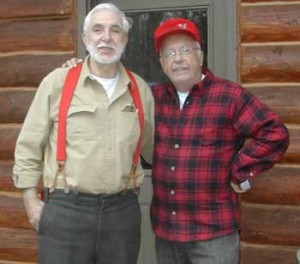
While in Michigan, Keith showed me the attached photo of his Dad, Ray J. Montambo displaying his “Fast and Fancy” handgun expertise for what appears to be a Forestry Class. We have no idea where the photo was taken or the time frame. We can identify Bert, Gene, Hammer and Sloan, but that’s about it.
We enjoy your newsletter, keep up the good work.
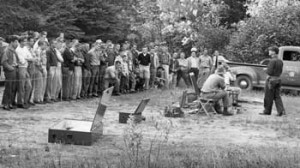
Best regards,
John N. Kressbach
(Forestry, 1956)
Keith R. Montambo
(Forestry, 1955)

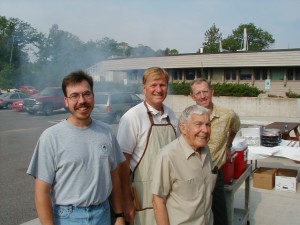
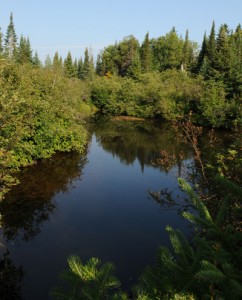
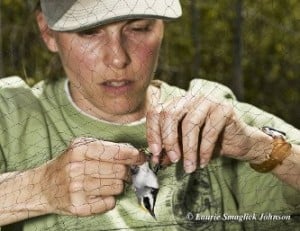
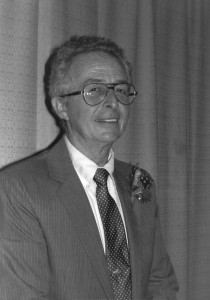 tions of students (especially in dendrology), he was fondly nicknamed ‘Black Bob.’ He often had a sly smile on his face when students were trying to negotiate grades or just joking with him on field trips. He was one of the first faculty to receive outside funds for his work in herbicides and tree production.”
tions of students (especially in dendrology), he was fondly nicknamed ‘Black Bob.’ He often had a sly smile on his face when students were trying to negotiate grades or just joking with him on field trips. He was one of the first faculty to receive outside funds for his work in herbicides and tree production.”